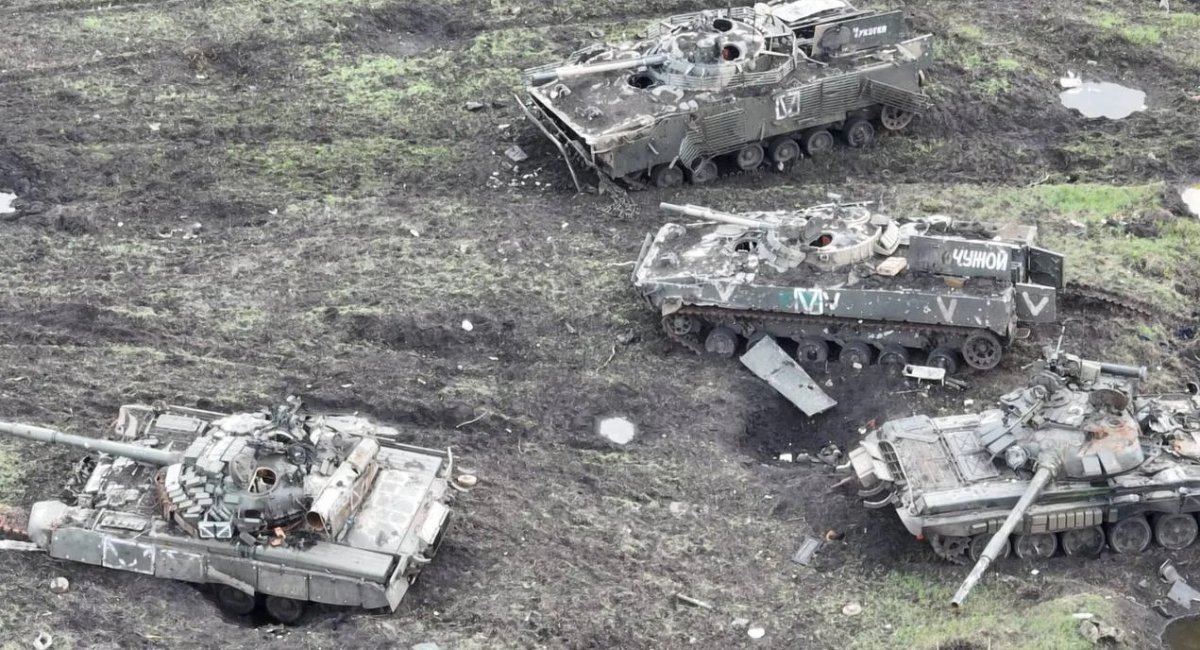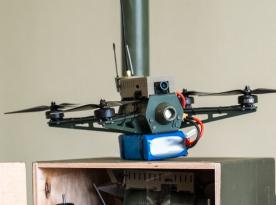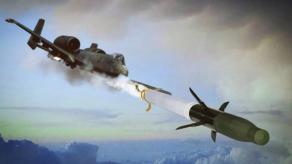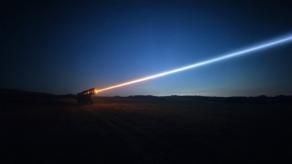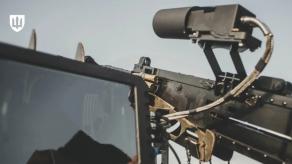According to the General Staff of the Armed Forces of Ukraine, as of May 21, 2023, the russian Army has already lost 203,160 personnel, 3,783 tanks, and 7,398 armored vehicles of various types, as well as 3 822 artillery systems and MRLs of various types. Needless to say, after the Second World War, the Kremlin did not suffer such heavy losses in any other wars of the 20th and 21st centuries. Against this background, it is better to try to assess how the format of the russian occupiers’ actions at the front will change in battles against the Armed Forces of Ukraine.
Moreover, here it is quite enough to describe only those trends that have already begun to take shape as the invaders came closer and closer to the loss number of 200,000 units of manpower and 11,000 tanks and armoured fighting vehicles.
Read more: russian Missile Terrorism in Figures: How Kremlin Tries to Create the "Ukraine on Fire" Image With Continuous Attacks
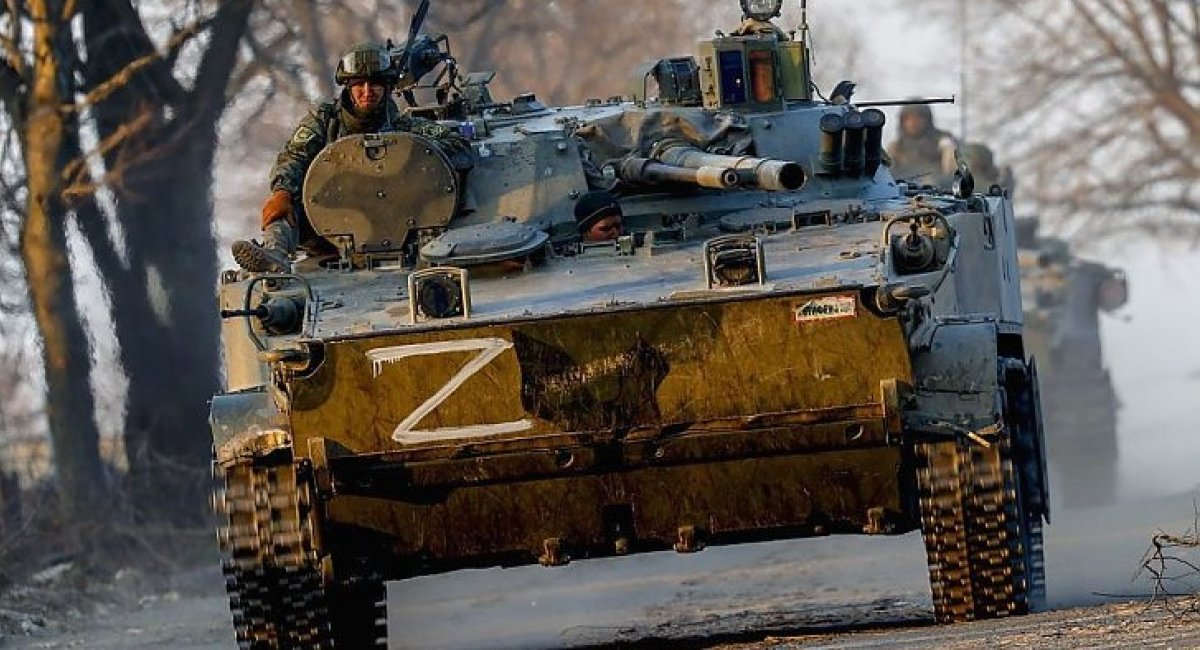
The first trend is to bet on a 'mobilization' army rather than a 'mass' army, whereas the latter has a 'core' of 'elite' troops used as 'firefighter teams' in extremely acute cases. And there are the units on the periphery of the army with poorly trained and armed personnel - 'expendable material.' We can clearly see this tendency in the Battle of Bakhmut, where now the main strike force of the enemy is air assault troops, while the Wagners and 'partially mobilized' cover the flanks and suffer heavy losses.
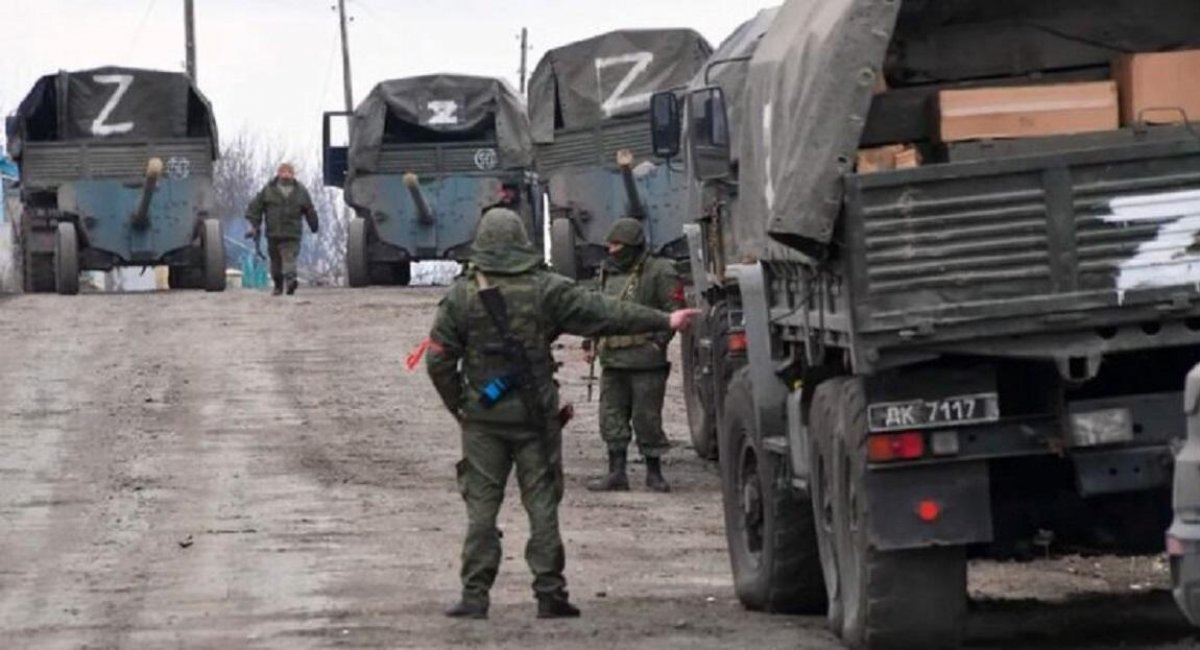
Furthermore, based on social research among russian prisoners of war done by the Defense Intelligence of Ukraine, where 43% of 400 respondents claimed to belong to the 'regular' army of Russia, the other 42% claimed to belong to the 1st and 2nd Army Corps, although it would seem that according to the enemy’s coordinate system, these should be servicemen of the same category.
It follows that the potential of the next waves of mobilization in Russia should be assessed not only by quantitative indicators but also by qualitative ones, i.e., the scale of the operation that the manpower can be used for. After all, we already have a clear example that a fairly large-scale wave of the Kremlin’s 'partial mobilization' of 300,000 people was leveled during the battles for Vuhledar, Avdiivka, Marianka, and Bakhmut itself.
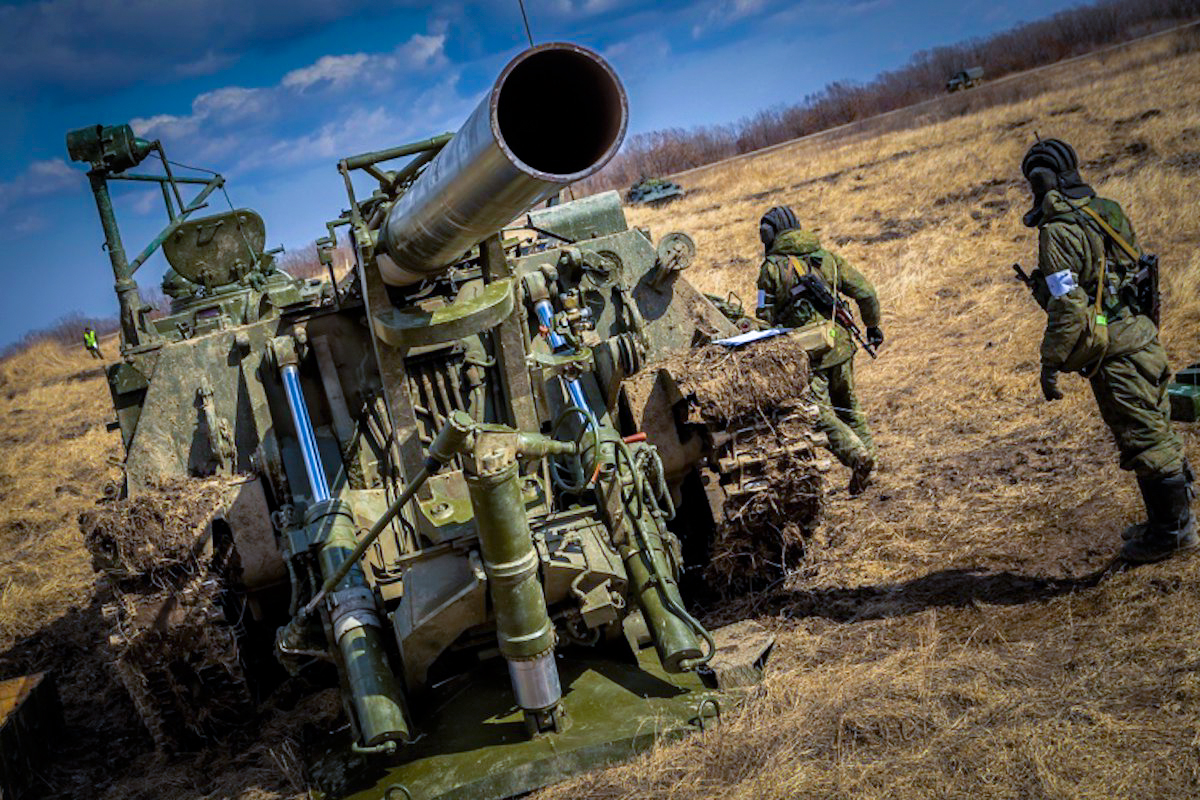
The second trend is the increasing use of 'non-standard' weapons. For example, from the fact that the russians have begun to lose their 240 mm Tyulpan self-propelled heavy mortar more often, we can conclude that the occupiers have begun to use these self-propelled heavy mortars with a range of only 20 km.
In addition, in the reports of the General Staff of Ukraine and other open sources, we can more often see references to the fact that the russians have begun to hit our troops at the front with the S-300 surface-to-air missile system, which has taken the niche of an analog of the Soviet Luna-M unguided ballistic missile system. And the trend of russians using glide bombs against the Armed Forces of Ukraine at the front can also be described by the phrase 'flying artillery.'
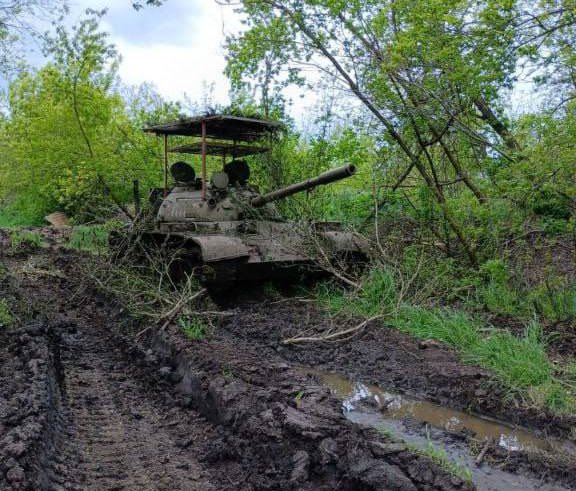
The third trend is the combination of relatively new and archaic vehicles in battles against the Armed Forces of Ukraine at the front. In other words, the russians will actively send to the frontline both the new T-90M Proryv tank and the archaic T-62 and T-54/55 tanks, as well as other kinds of 'shushpantsers' such as the BTR-50 APCwith an installed a ZU-23-2.
As for the old equipment that literally remembers Khrushchov, only polarized opinions are still circulating, ranging from mockery to "it drives and shoots, so it’s dangerous." Perhaps the picture can be averaged here with the phrase 'equipment with a short life span. '
In any case, this logic fits, for example, the occupiers’ decision to install the S-60 anti-aircraft gun on the T-54 tank. The appropriate application format for these armored vehicles of the rule of Khrushchov, first of all, is to support the actions of the russian 'assault parties, ' which also have a short 'life span' due to high losses.
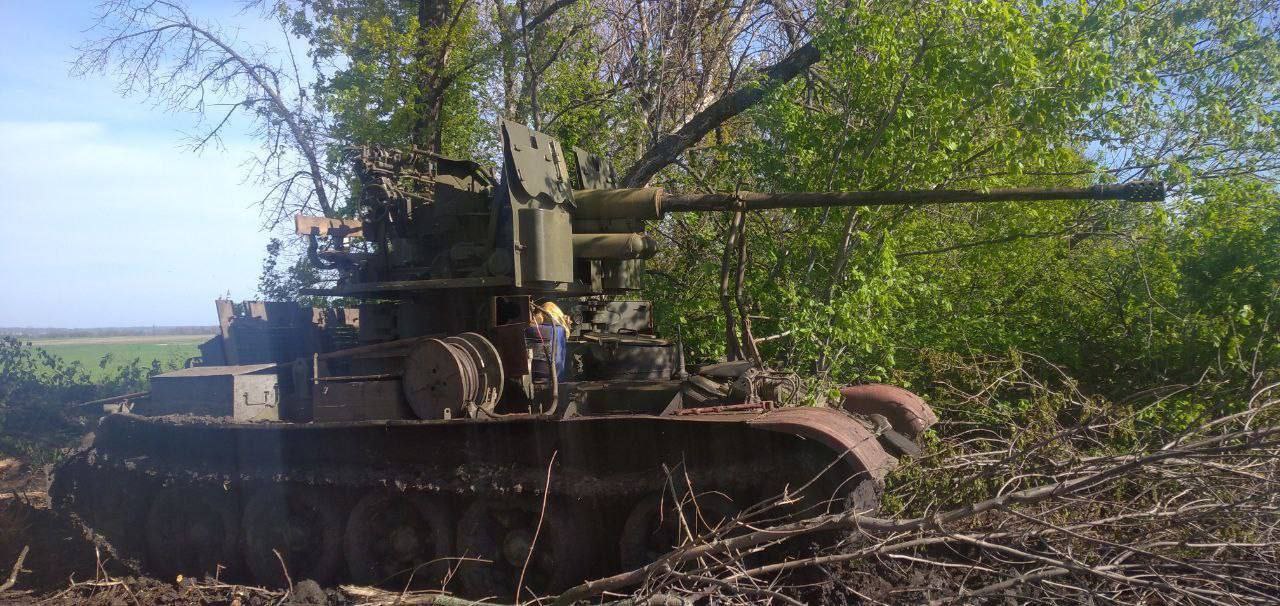
The fourth trend is that the russian occupiers will more regularly rely on 'natural' obstacles in their defensive actions. Here we mean not only the 'tsar-trenches' or 'tsar-anti-tank-trenches,' which the russian army has dug in the temporarily occupied territories of southern Ukraine, taking advantage of the terrain, but also the further militarization of the Zaporizhzhia nuclear power plant, from which its personnel are being actively taken away, while the enemy garrison already reaches several thousand soldiers. The situation could be even worse due to the release of water near the Kakhovka hydroelectric power station that is controlled by russians. We emphasize that according to the Geneva Convention, it is prohibited to conduct hostilities near nuclear power plants or hydraulic structures with the wording (approximately) "may release natural forces of a dangerous nature."
All of the above only emphasizes the difficult conditions in which the soldiers of the Armed Forces of Ukraine are and will continue to repel the aggressor.
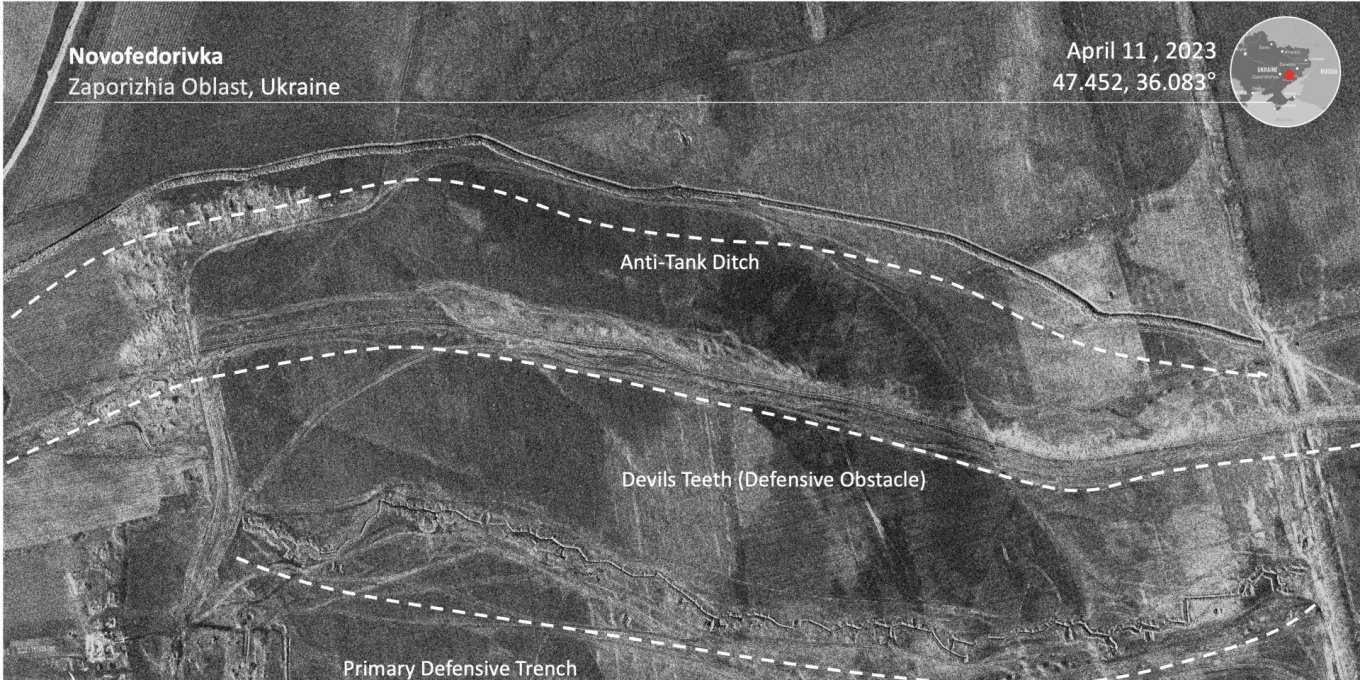
Read more: One Captured T-90 Led to Billions of Dollars Lost for russia




